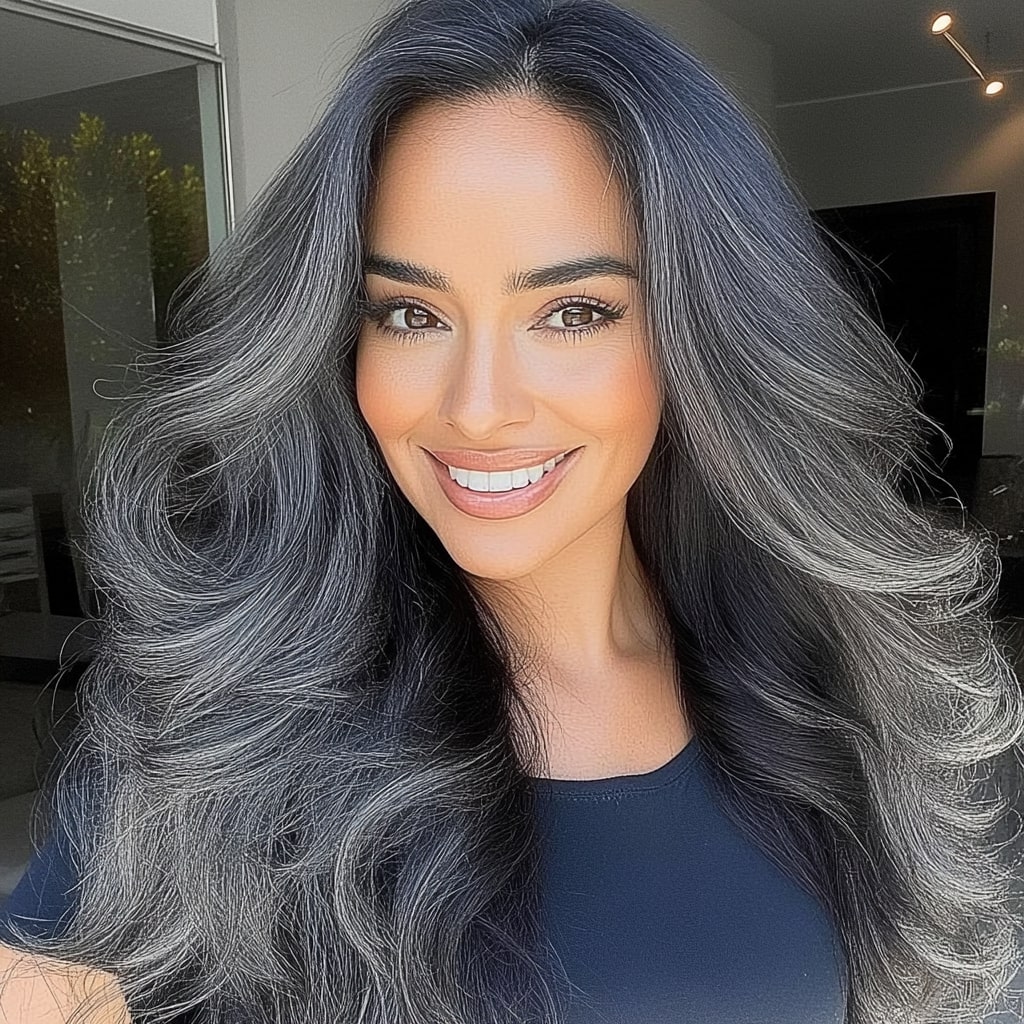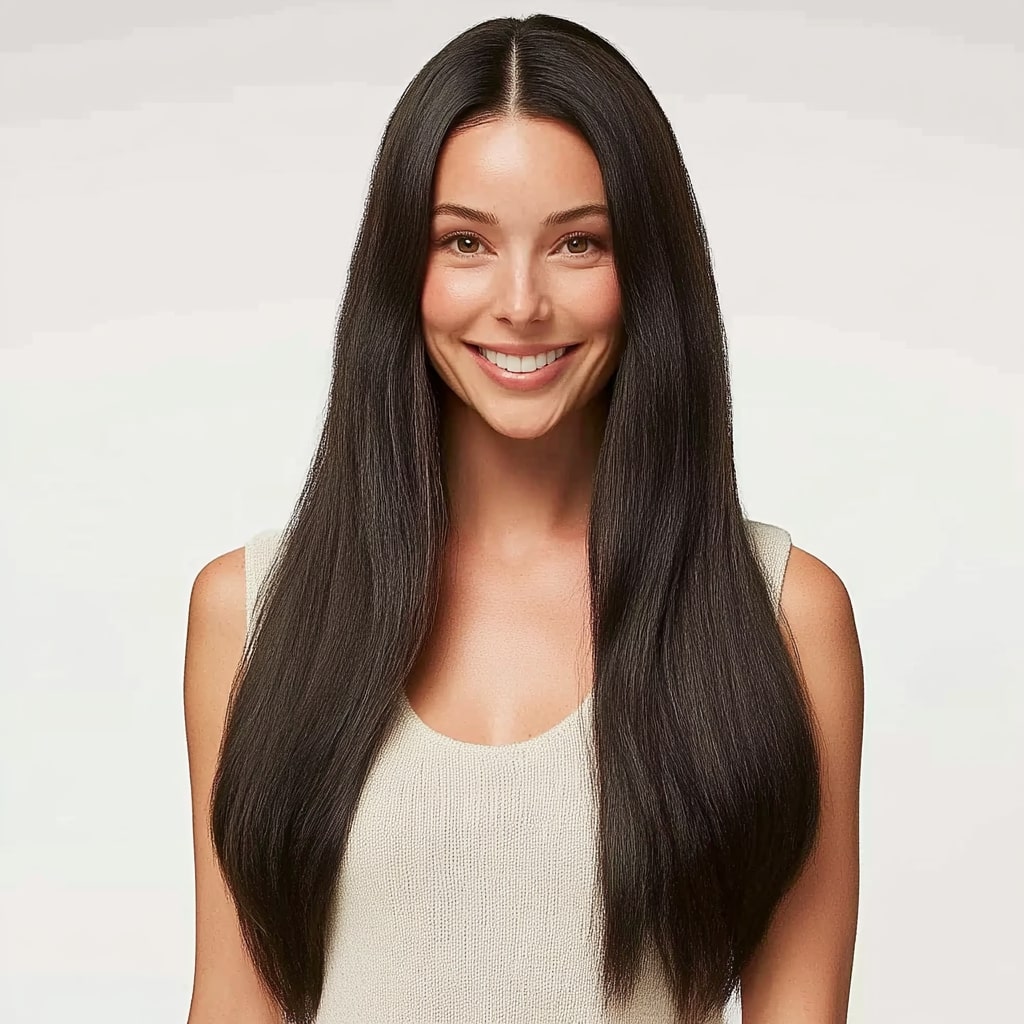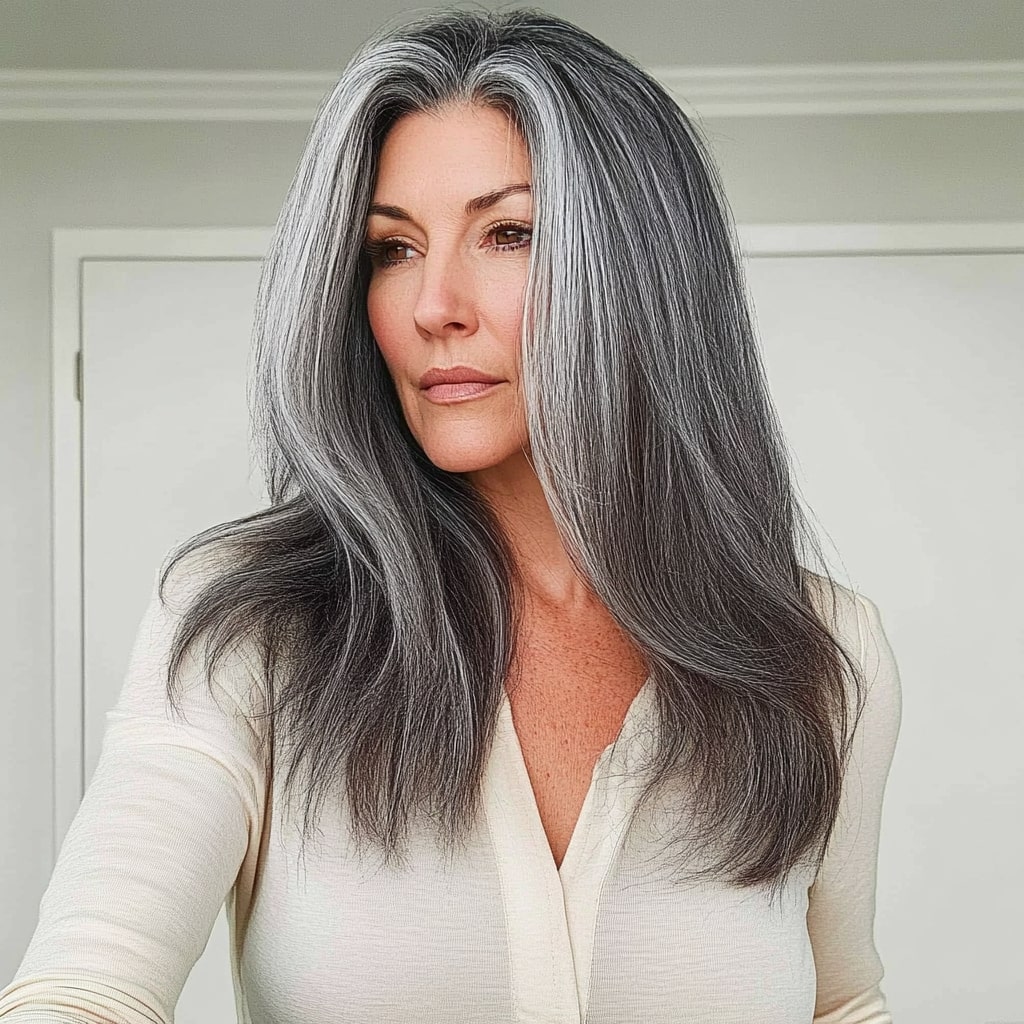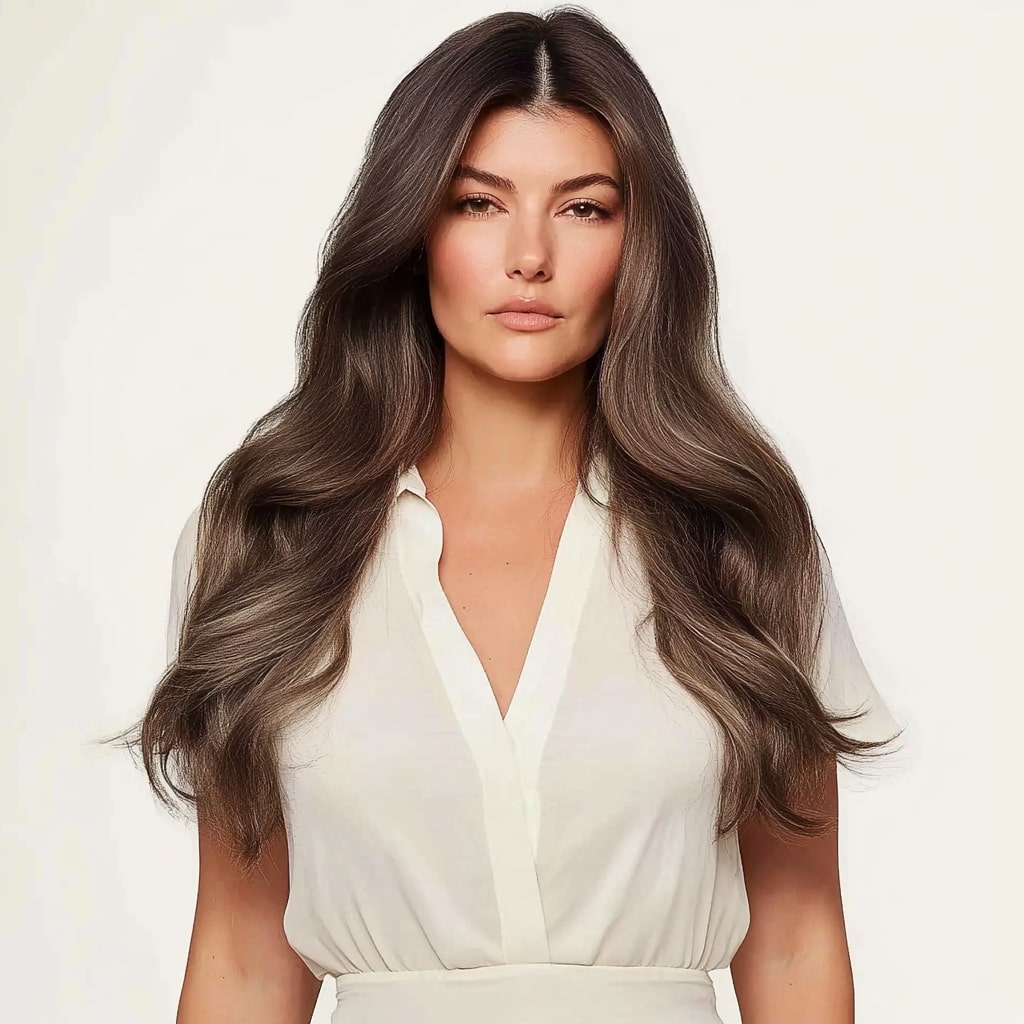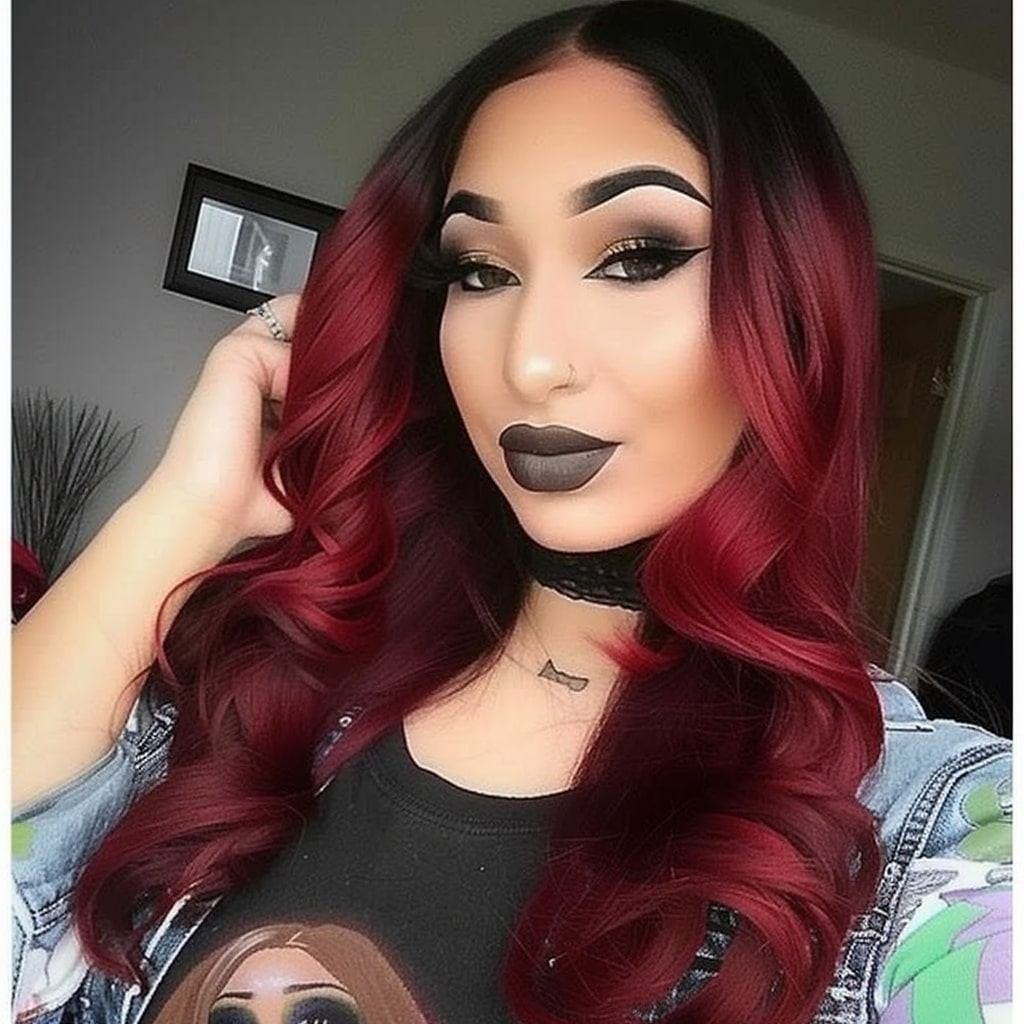Tape-In Extensions and Hair Health: Debunking Common Myths and Facts
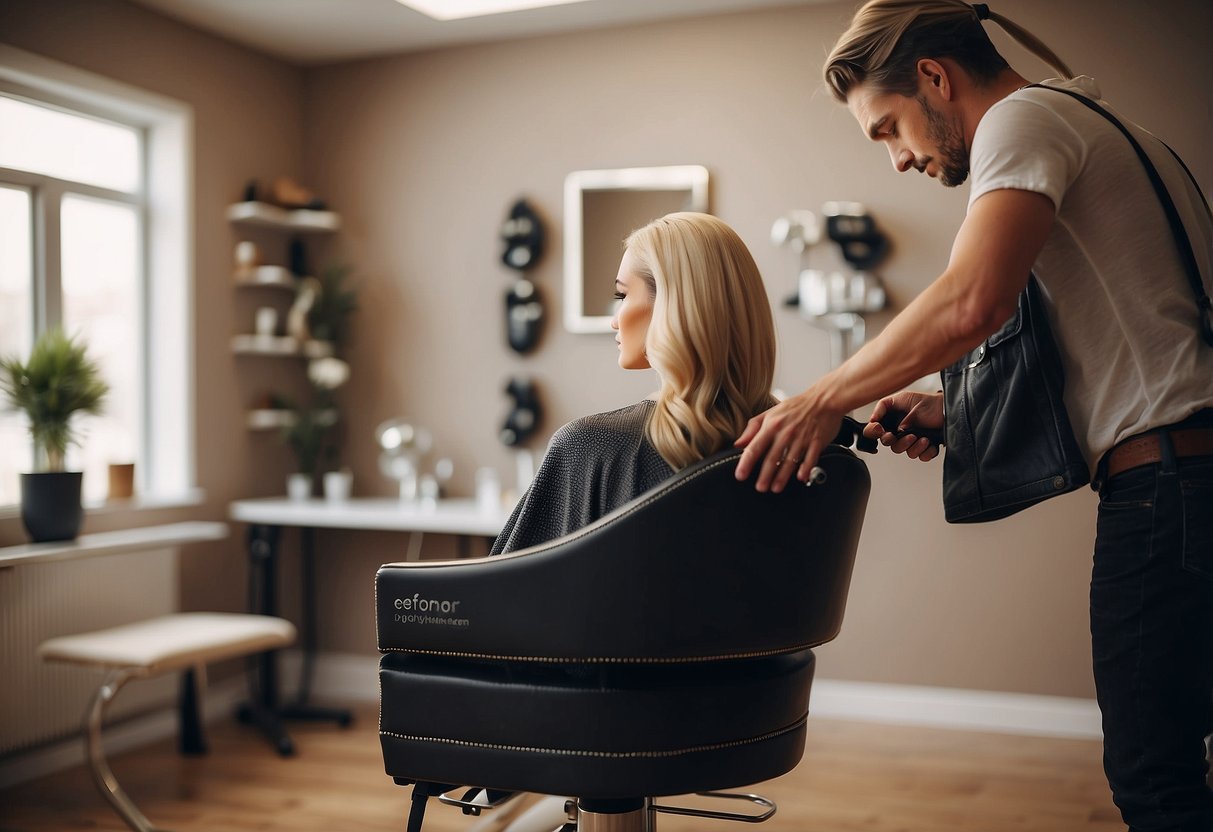
Tape-in hair extensions have gained popularity for their ability to add length and volume to hair without causing excessive tension. Yet, with their rise in fame comes a wave of myths about their impact on hair health. Some believe that tape-in extensions can damage natural hair, but when applied and maintained correctly, they can be both safe and effective. This post will explore the truths and misconceptions regarding tape-in extensions and their effects on your hair's health.

It's important to understand how tape-in extensions work and the benefits they offer. Unlike other extensions, tape-ins are known for their lightweight nature and seamless blend with natural hair, making them suitable for various hair types. Proper application and regular maintenance are key to avoiding any potential issues and ensuring their longevity.
In this article, we will debunk common myths, highlight the benefits, and provide useful tips on how to care for tape-in extensions. By the end, you'll have a clear view of how to enjoy tape-in extensions while keeping your natural hair healthy and vibrant.
Key Takeaways
- Tape-in extensions can be safe and effective when applied and maintained correctly.
- They suit various hair types and blend seamlessly with natural hair.
- Regular maintenance is crucial to avoid potential issues and ensure longevity.
Understanding Tape-In Hair Extensions
Tape-In hair extensions offer a seamless blend with natural hair and are known for their quality and versatility. This section will explain what tape-in hair extensions are and highlight their distinguishing features.
What Are Tape-In Hair Extensions?
Tape-In hair extensions are a popular type of semi-permanent hair extension. These extensions come in wefts featuring a thin, invisible tape at the top. This tape is used to attach the extension close to the root of the natural hair.
A professional stylist typically applies them. The application process is quick and involves parting the hair into thin sections. The extensions are then sandwiched between layers of the natural hair. This method helps them blend seamlessly.
These extensions are made from different types of hair, such as human, remy, and European hair. The choice of hair affects the overall quality and look. Human hair is widely preferred because it looks natural and can be styled, washed, and treated like your own hair.
Distinguishing Features of Tape-Ins
One of the main features of tape-in extensions is their seamless blend with natural hair. Thanks to the thin tape, they lie flat against the scalp, making them almost undetectable. The tape is designed to match the colour of the natural hair, enhancing the blend.
These extensions are known for their quality. Companies often offer different types of hair to suit various needs. For instance, remy hair is aligned from root to tip and is less prone to tangling.
Versatility is another big advantage. Tape-ins can be styled in various ways just like natural hair. They can withstand washing, blow-drying, and even some heat styling. This makes them practical for everyday wear.
Tape-in extensions also provide some flexibility in terms of maintenance. They usually need to be replaced or repositioned after 6-8 weeks, depending on hair growth. This allows for easy adjustment and upkeep without damage to natural hair.
Benefits of Tape-In Extensions
Tape-in extensions offer a variety of benefits for those looking to enhance their hair. They are excellent for adding volume and length, integrating seamlessly with natural hair, and providing comfort due to their lightweight design.
Volume and Length Enhancement
Tape-in extensions are a popular choice for increasing both volume and length. They allow individuals with thin or short hair to achieve a fuller, longer look. By adding these extensions, people can quickly transform their hairstyle without waiting for natural hair to grow out.
The extensions come in various lengths and thicknesses, making it easy to customize the look. This flexibility allows users to achieve a personalized style that matches their hair needs. The result is a glamorous, voluminous appearance that can be styled in many different ways.
Seamless Integration with Natural Hair
One of the key benefits of tape-in extensions is their ability to blend seamlessly with natural hair. The thin, flat tapes lie close to the scalp, ensuring they are not easily visible. This makes them an ideal choice for a natural, undetectable finish.
The process of applying these extensions involves sandwiching a thin slice of natural hair between two extension pieces. This method provides a secure hold and distributes the weight evenly, reducing strain on natural hair. The seamless integration means users can confidently wear their extensions without worrying about them being obvious.
Comfort and Lightness of Wear
Comfort and lightness are significant advantages of tape-in extensions. They are designed to be lightweight, which prevents the extensions from pulling down on natural hair. This reduces discomfort and the risk of damage to the scalp and hair follicles.
The thin adhesive strips used in tape-in extensions make them much lighter than other types of extensions. Users often report that they forget they're even wearing extensions because they feel so natural. This lightweight quality makes them suitable for long-term wear, allowing users to maintain their enhanced hairstyle comfortably.
Compatibility with Various Hair Types
Tape-in extensions work differently depending on hair type. Here, you'll find specifics about how these extensions interact with fine, thick, and coarse hair textures.
Determining Suitability for Fine Hair
Tape-in extensions are often ideal for those with fine hair due to their lightweight nature. The thin wefts lay flat against the scalp, reducing the chance of noticeable bumps. Proper application is crucial to prevent any strain on the natural hair, which can be delicate.
Fine hair benefits from minimal tension and the ease of application offered by tape-ins. These extensions also provide a way to add volume without causing damage, as they distribute weight evenly across the scalp.
Adjusting to Thick and Coarse Textures
For thick or coarse hair, tape-in extensions offer a blendable and natural look. They provide a good base for those with denser hair since the adhesive can hold more substantial weight. Adjustments may be needed in the application process to make the extensions blend seamlessly with thicker strands.
Thick hair may require more extensions to achieve a balanced look. Proper alignment and sectioning ensure that the extensions integrate well with the natural texture, providing a full, voluminous appearance. Techniques that prioritize scalp comfort and durability are recommended.
Myths and Misconceptions
There are many myths about tape-in hair extensions that can lead to confusion. It's important to clear up these misconceptions so that individuals can make informed decisions about their hair care routine.
Addressing Common Myths
One common myth is that tape-in extensions will leave your hair damaged and thin. The reality is that professionally applied tape-in extensions do not harm natural hair when maintained properly. These extensions distribute weight evenly across your scalp, reducing stress on individual strands.
Another myth is that tape-in extensions are uncomfortable to wear. When installed correctly, tape-in extensions should feel just like natural hair. They are designed to be lightweight and lie flat against the scalp. Proper installation and regular maintenance checks are key to ensuring comfort.
There's also the belief that tape-in extensions are only suitable for young people. This is not true. People of all ages can benefit from the added volume and length that tape-in extensions provide. Whether you're in your teens or older, these extensions can enhance your natural look.
Separating Facts from Fiction
Fact: Tape-in extensions do not cause significant damage to natural hair when installed and removed by professionals. Using professional-grade adhesive that is formulated for hair extensions ensures a secure yet gentle bond. This expertise helps maintain the health of your natural hair.
Fiction: Hair extensions are too expensive for the average person. While some high-end options can be costly, there are also affordable alternatives. The cost can vary based on the type of hair used (synthetic vs. human) and the attachment method. Many salons offer different packages to fit various budgets.
Fact: Tape-in extensions can be a low-maintenance option. They need to be reinstalled every 6-8 weeks, but daily upkeep is minimal. They can be washed and styled just like natural hair, making them a convenient choice for those with busy lifestyles.
By understanding these facts, individuals can make more informed choices about using tape-in extensions without falling prey to common myths.
Proper Application and Maintenance

Tape-in hair extensions require a skilled application process and regular care to maintain both the extensions' quality and the health of natural hair. Here are the key aspects of proper application and maintenance.
Application Method and Expertise
A professional stylist must handle the application of tape-in extensions. These stylists understand how to place the extensions close to the scalp without causing damage. Each extension is sandwiched between small sections of natural hair.
Proper placement ensures that the extensions blend seamlessly and remain secure. Misapplication can lead to visible tracks, discomfort, and damage to natural hair.
Skilled stylists ensure the extensions are appropriately spaced and not too close to the roots. This reduces tension and avoids stress on natural hair follicles, which is essential for maintaining hair health.
The Role of Regular Maintenance Appointments
Regular maintenance appointments are crucial for the longevity of tape-in extensions. These appointments, typically every 4-8 weeks, involve checking and readjusting the extensions as needed. Without these sessions, the extensions can grow out and cause tangling or matting.
During maintenance, the stylist lifts the extensions closer to the scalp. This prevents the natural hair from matting and ensures even weight distribution.
Preventing tangles and matting helps maintain a natural look and feels, reducing the risk of hair damage. Skipping these appointments can shorten the lifespan of the extensions and negatively affect hair health.
Care Products and Practices
Using the right care products is essential for maintaining tape-in extensions. Avoid products with sulphates and alcohol, as these can weaken the adhesive tape and cause the extensions to slip.
Brush gently with a special extension brush to prevent tugging. Daily brushing helps avoid tangling. Using a low-heat setting on styling tools and avoiding heavy styling products also helps protect both the extensions and natural hair.
It's important to avoid applying conditioner directly to the roots or the taped area. This can cause the tape to loosen. Instead, apply conditioner from the mid-lengths to the ends of the hair. Proper care practices ensure the extensions remain durable and the natural hair stays healthy.
Potential Risks and How to Mitigate Them

Tape-in extensions can cause tension, breakage, and hair loss if not properly managed. Learning how to avoid these issues is crucial for maintaining healthy hair.
Managing Tension and Avoiding Breakage
Tension from tape-in extensions can lead to breakage. It's important to ensure that tape-ins are installed correctly by a professional. They should place extensions close to the root without pulling on the natural hair.
Avoid tight ponytails and hairstyles that strain the extensions. This helps to reduce tension and prevent breakage. Regularly check for any signs of tightness or discomfort and address them immediately.
Use a gentle shampoo and conditioner to keep both the extensions and natural hair healthy. Brush carefully to avoid tugging, starting from the bottom and working up.
Preventing Hair Loss and Damage
Hair loss can occur if tape-in extensions are not maintained properly. Use extensions designed with gentle, medical-grade adhesive. Choose products specifically meant for extensions to reduce damage.
Follow a consistent removal and reapplication schedule, generally every 6-8 weeks. This ensures that the adhesive does not weaken and helps in maintaining hair health.
Utilize a professional for both installation and removal to avoid damaging hair cuticles. Lastly, avoid chemical treatments like colouring or perming while wearing tape-in extensions, as these can weaken hair and increase the risk of loss and damage.
Lifestyle and Hair Extensions

Tape-in extensions can blend seamlessly into various lifestyles, from active routines to regular heat styling. They offer versatility while maintaining natural hair health if cared for properly.
Incorporating Extensions into Active Lifestyles
Exercise and Workouts: Individuals with active routines can feel comfortable wearing tape-in extensions. Properly installed extensions stay secure during activities such as running or gym workouts. Use a sweatband or braid hair to prevent tangling.
Swimming: For those who swim, it’s recommended to protect extensions by wearing a swim cap. Chlorine and saltwater can affect the adhesive, so rinse hair thoroughly after swimming and use a leave-in conditioner.
Heat Styling and Daily Activities
Heat Styling: Heat styling tools like flat irons and curling wands can be used on tape-in extensions. However, avoid direct application on the tape itself as it can weaken the bond. Use heat protectant sprays to maintain the hair's integrity.
Daily Hair Care: Regular brushing with a soft-bristle brush will help prevent tangling. It’s advisable to use sulfate-free shampoos and conditioners to maintain the adhesive strength and hair quality. Installers should provide specific maintenance tips.
Avoiding Headaches: Poor installation can lead to headaches. Ensure extensions are evenly distributed and not too tight. Communicate with the stylist to adjust as needed.
Choosing the Right Hair Extensions
Selecting the right hair extensions can greatly affect the overall look and health of your hair. It's essential to understand the material of the extensions and how they can be customized to suit your personal style.
Natural vs. Synthetic: Which to Choose?
Natural (Human Hair) Extensions are made from 100% human hair and offer the most realistic look and feel. They can be styled with heat tools, dyed, and treated like your own hair. These extensions usually come in a variety of textures and colours, making it easier to match your natural hair. Remy hair, which is a high-quality type of human hair, ensures the cuticles are aligned in the same direction, reducing tangling and extending lifespan.
Synthetic Extensions are made from man-made fibres and are generally less expensive than human hair options. They often come pre-styled and cannot be heat-styled or dyed. Synthetic hair may not blend as well with natural hair and may have a shinier and less realistic appearance. However, they can be a good option for short-term use or special occasions due to their lower cost and variety of colours available.
A consultation with a professional stylist is recommended to ensure you choose the type of extension that best matches your hair type and lifestyle needs.
Customizing Extensions for Personal Style
Customizing hair extensions allows for a more personalized look. Colour matching is paramount; extensions should closely match or complement your natural hair colour. Some brands offer multi-toned options to blend seamlessly.
Length and volume can be tailored to fit personal preferences. Extensions come in various lengths, from short to long, and different densities can provide added volume to thin hair.
Texture should match your natural hair for a harmonious blend. Options include straight, wavy, and curly, ensuring extensions integrate effortlessly into your natural style.
Professional application of extensions, like tape-in methods, ensures they are discreet and comfortable. Experts can trim and style the extensions to enhance your look, making the extensions appear natural.
Personal style and preferences should dictate the choice of extensions, ensuring the best possible results.
Frequently Asked Questions
Tape-in hair extensions are popular for their seamless appearance and ease of use. This section addresses common concerns and clarifies misconceptions about these extensions based on available information.
Can tape-in extensions cause hair loss or damage?
Properly installed and maintained tape-in extensions do not cause significant hair loss or damage. They use a gentle, medical-grade adhesive that is designed to be safe for natural hair. It is essential to have them installed and removed by a professional to avoid issues.
What are the drawbacks of using tape-in hair extensions?
Tape-in extensions require regular maintenance and adjustments every 4-8 weeks. They can be less suitable for very oily scalps as the adhesive may not hold as well. Removal and reapplication can be time-consuming and should be done by a professional to prevent damage.
How true are the common beliefs surrounding tape-in hair extensions?
Many myths suggest that extensions cause severe hair damage or thinning. These are misconceptions. If tape-in extensions are installed and cared for correctly, they do not harm the natural hair. They can even help protect the hair by reducing daily heat styling.
What is the typical longevity of tape-in hair extensions?
Tape-in hair extensions typically last between 4-8 weeks before they need to be reapplied. Longevity depends on how well they are cared for and individual hair growth rates. They are considered semi-permanent, making them a temporary yet durable hair enhancement option.
How do tape-in extensions impact the health of natural hair?
Tape-in extensions have minimal impact on natural hair health when properly applied and maintained. It is recommended to allow the hair to rest without extensions for 1-2 months each year. This break helps maintain the health and strength of natural hair over time.
What maintenance is required for tape-in hair extensions?
Maintenance includes regular check-ups every 4-8 weeks to adjust or reapply the tapes. Avoiding excessive oil-based hair products can help the adhesive last longer. Gentle brushing and avoiding tugging at the roots are also important to maintain both the extensions and natural hair.

 My Store Credit
My Store Credit
 Buy Again
Buy Again
